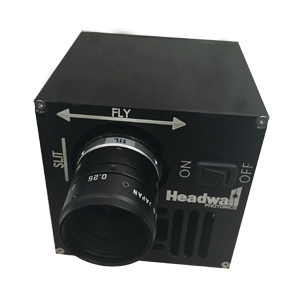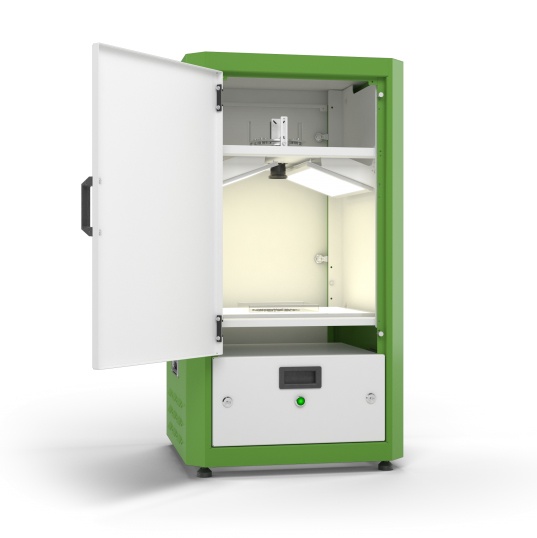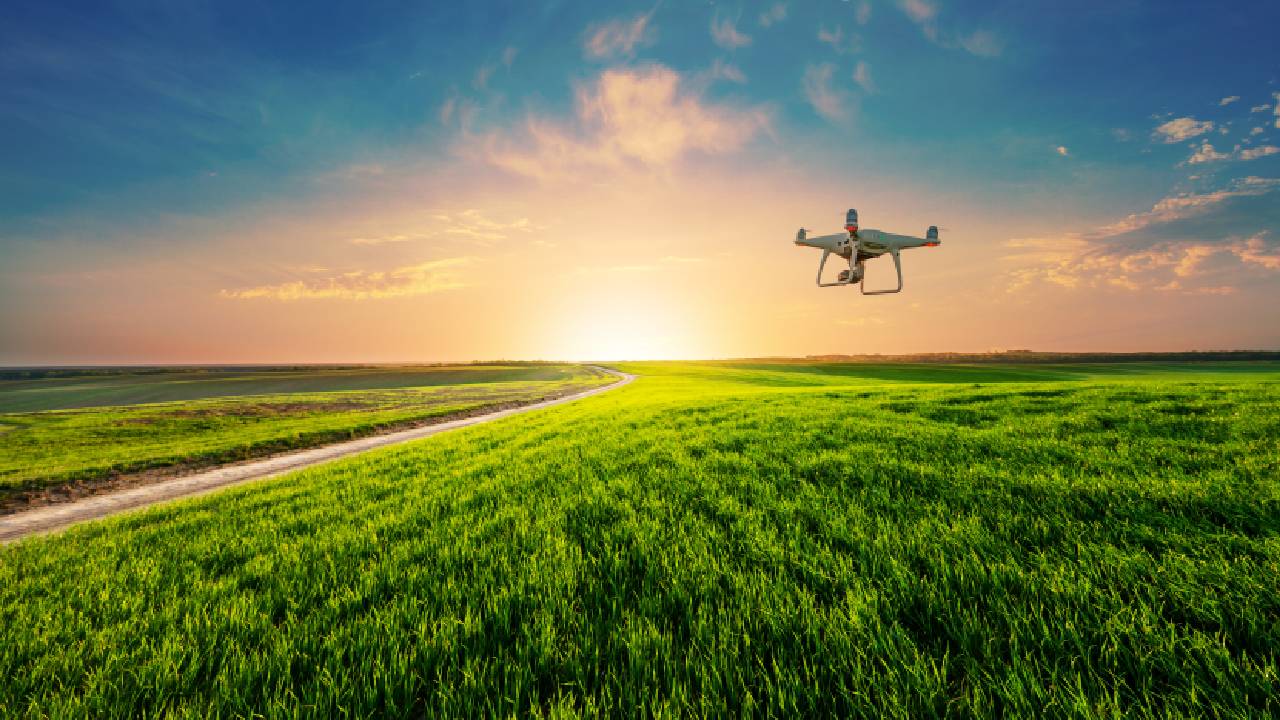The days of farmers visually inspecting and manually harvesting their crops in large-scale industries are ending. It is now far more efficient and profitable to use machines to assist these processes.
Known as smart digital farming, the limitations of human physiology are continually being negated with advancements in technology. As the global population increases, there are now 8 billion of us, this technology will be key in ensuring that agriculture keeps up with increasing human consumption.
Read on to learn more about how smart digital farming is the future of agriculture.
What is Smart Digital Farming?
Smart digital farming, also commonly referred to as precision agriculture, is a series of cooperating technologies that combine to optimise farming processes and results. The five main technologies associated with it are advanced imaging, sensors, robotics, data analysis and machine learning.
When working together they make monitoring, sorting and harvesting crops an automated, or at least heavily assisted, process.
What Technologies are Used for Smart Digital Farming?
The following five technologies are integral to smart digital farming.
Advanced Imaging
Advanced imaging is an umbrella term that refers to technology that captures high-resolution images of crops or seed batches. These can be analysed and scored by the machine itself, or categorised and stored for later analysis. Machines can quickly and accurately score samples based on the parameters you input. This happens quickly and eliminates the risk of human error.
Sensors
Remote sensing allows you to analyse vast crops using spectral imaging. Spectral imaging measures light wavelengths emitted from surfaces and assigns a colour to each pixel that acts as a unique signature. Subtle changes to a plant’s composition, such as wilting at the edges or the presence of mould, will appear as different colours, including when the differences are subtle enough to not be seen by the human eye.
Robotics
Agriculture will always have a physical element to it. Seeds will always need to be planted and crops will always need to be harvested. However, these actions don’t necessarily need to be completed by humans. Machines can automate many of these processes at a large scale. Even surveying can be done remotely with UAVs. In the future, it may become possible for farmers to never need to set foot on the farm!
Data Analysis and Storage
The days of keeping written data are gone. Not only does data need to be digital, it needs to be easily integrated with analysis systems and programs. High-quality precision agriculture devices will have built in data storage and organisation features, with some conducting the analysis as well.
Machine Learning
Machine learning is when artificial intelligence (AI) in smart digital machines can teach itself without user inputs. A common example is when devices use historical data to refine their algorithms. This means machines become exponentially more effective, as the data they learn from becomes more accurate over time.
What are the Advantages of Smart Digital Farming?
Smart digital farming increases both profitability and output in all areas where it’s applied. With that said, there are four main benefits that can be identified as the most transformative for agricultural enterprises.
Saves Labour
To survey an entire field on foot, or inspect every seedling in a batch by hand, you need to pay labour costs. These costs quickly add up, especially when hiring people with more expertise and attention to detail who are more expensive.
Labour is also time consuming. Manual seed testing requires the careful documentation of hundreds of seedlings, while a crop inspection of a large property could require days of travel time. By using technologies like advanced imaging or UAV mounted sensors, you can complete these processes in far less time.
Saves Costs
In addition to saving labour costs, smart digital farming also reduces waste. With advanced imaging you can identify diseased, mouldy or infested plants before they can spread throughout the crop. You can also be more judicial with the use of water and pesticides by paying greater attention to portions of the crop that require extra care.
Imaging and machine learning also allows you to troubleshoot genetic issues to eliminate poor quality strains from your batches. Machine learning will improve its algorithms over time by adding historical data of poor seeds and samples to its evaluation criteria. This will exponentially reduce the amount of waste over time.
Increases Yield
Just as imperfect plants can be removed from crops, the best performing ones can also be identified and used to create better yielding strains. This assisted phenotyping means crops will yield more over time.
Increased yield obviously makes your enterprise more profitable, but it also enhances your reputation as a supplier. Both of these gains help put you in a position to expand your business.
Increases Scalability
Saving labour and costs, combined with increasing yields, makes your operation far more scalable. From studying seed germination to having a large acreage of ground-standing plants, you are limited by your ability to plant, monitor and harvest.
With smart digital farming you are able to expedite all three of these processes, allowing you to expand your operations.
PAS Offer Smart Digital Farming Devices
At Portable Analytical Solutions, we offer a range of devices that can unlock your smart digital farming potential. Headwall Photonics and LemnaTec are both leading manufacturers in the precision agriculture space. While they each have an impressive array of tools, we’ve highlighted two of the most essential for both large and small scale agricultural operations.
The Headwall Photonics Hyperspec Nano

The Hyperspec Nano is the premier UAV-mountable device for large scale spectral imaging of crops. Manage the health of your plants remotely by surveying large portions of your crops at once. Don’t waste precious time and labour on collecting samples and manual surveying.
The Lemnatec™ SeedAIxpert

The Lemnatec™ SeedAIxpert will transform your seed germination testing operation. Don’t rely on individually scoring hundreds or thousands of seeds. Eliminate wasting time and the risk of human error with advanced imaging. The Lemnatec™ SeedAIxpert photographs, scores, and analyses your seed batches for you based on your parameters.
If you’d like to acquire a device from our smart digital farming range, get in touch today.
For more information about PAS, including technologies for other industries, visit our website.
